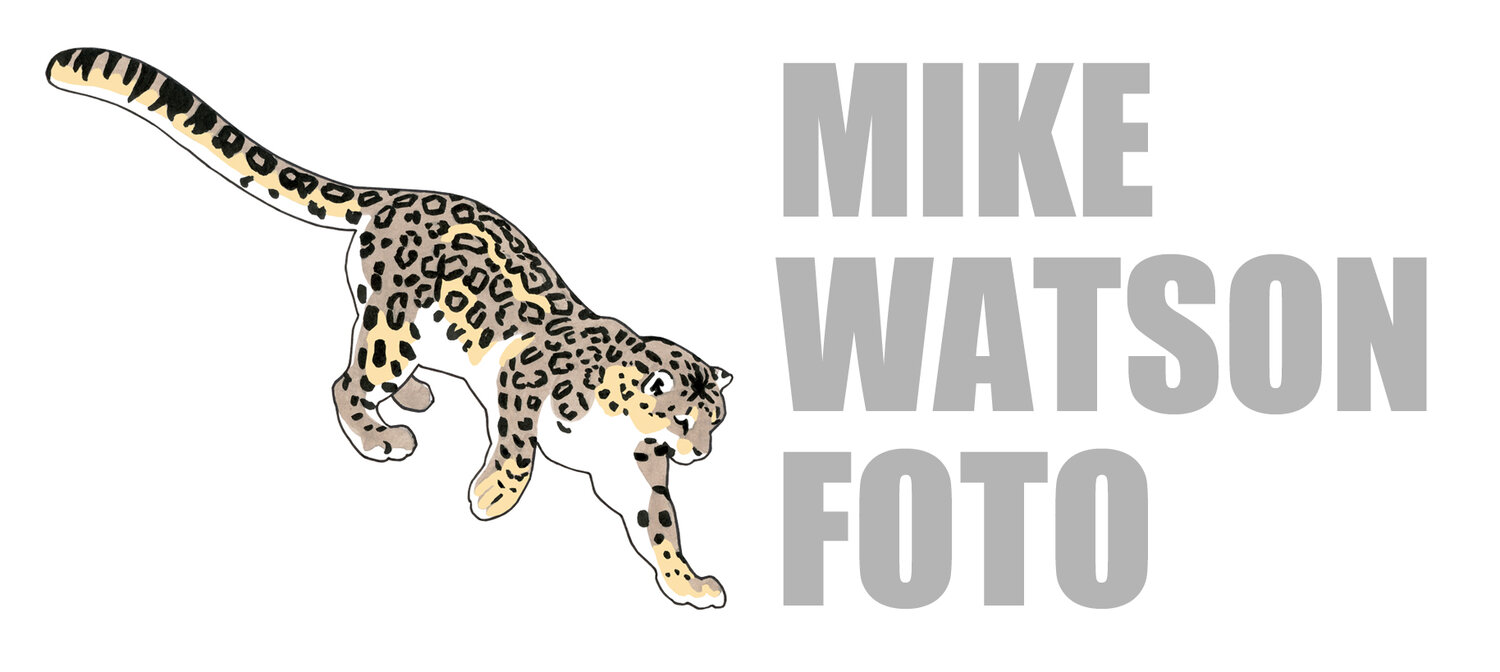After breakfast our next stop was the famous Akan Crane Observation Center. We were rather stunned to find that only doves and crows had turned up this morning at feeding time. They do not feed the cranes with fish here anymore, owing to fears of bird flu, so there are no longer any of the photogenic eagle/crane/fox conflicts of the past and in fact the cranes are not even guaranteed either. There is a move towards putting out less grain as well, in line with the authorities’ feeling that there is generally too much feeding of wildlife going on. We hung around, until lunchtime without any luck, kept going by the most amazing hot chocolate of the tour and then retreated across the road to a great little restaurant. We were in sight of the crane center and could soon see a handful of cranes arriving at last, while we ate lunch. Disappointingly, as soon as we returned all but one flew off! At least this ‘Billy-No-Mates’ sat down for us, affording some interesting images partly obscured by wind-blown snow. There weren’t any of the other zillions of ‘toggers’ around that we had seen at Otawa Bridge this morning, so we knew the action must be happening elsewhere. Indeed, it was and as we arrived at the Tsurui Ito Crane Observation Center in the afternoon a group of over 60 stately Red-crowned Cranes was gathered, overlooked by a larger gathering of photographers. Many cranes were still pecking in the snow, where the grain of the morning feeding session had been scattered. There was some coming and going that sparked a little dancing but mostly we struggled to isolate birds for portraits or to make some sense of the random and usually messy patterns of black-and-white birds against the white snow background. In late afternoon the cranes would walk up a low rise, taxi-ing towards their take-off runway from where most of them took flight back towards the river where they spend the night. We swung by Otawa Bridge on our return to Kushiro to find a few cranes had already arrived at their roost, although now in less than optimal light. A Steller’s Sea Eagle flew along a distant forested ridge in the sunset and it was soon time for us to call it a day too. The onsen this evening was rather swimming pool-like indoors and not very atmospheric, but the water was nice and the warmth of the outside, rock-lined, pool in bitingly cold night air was terrific.



